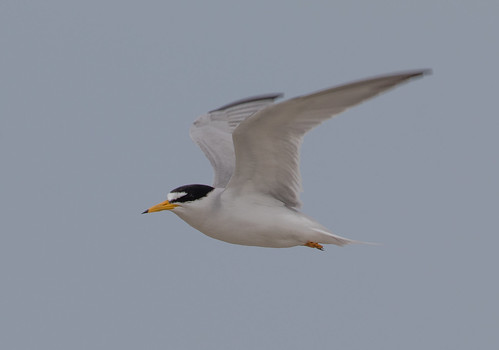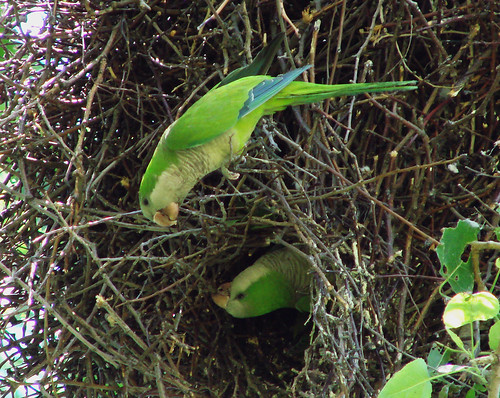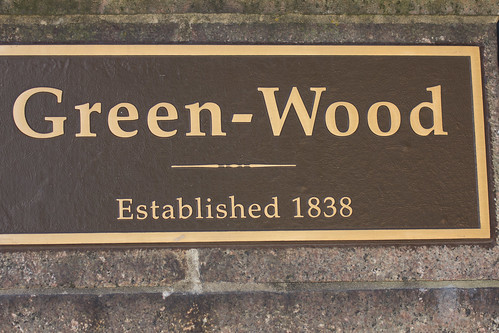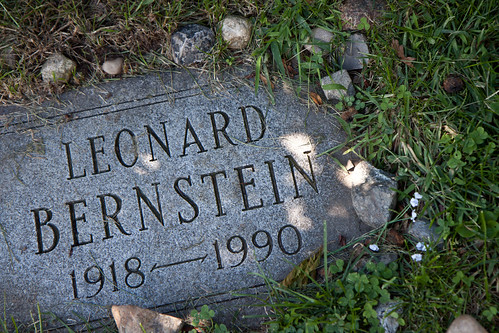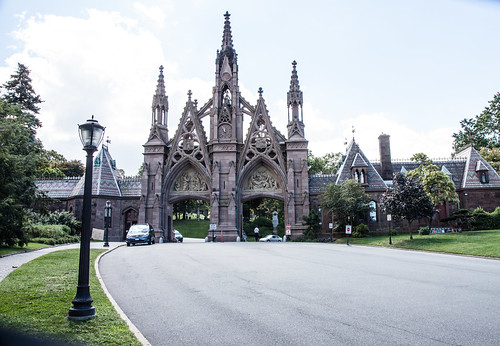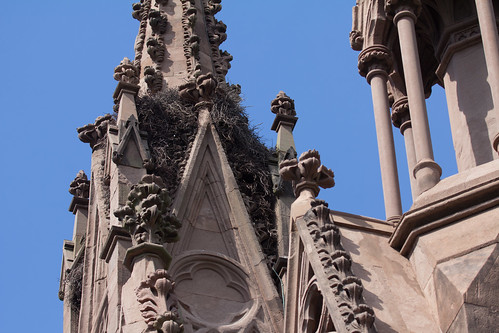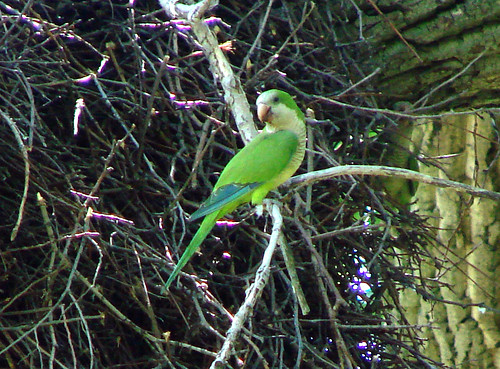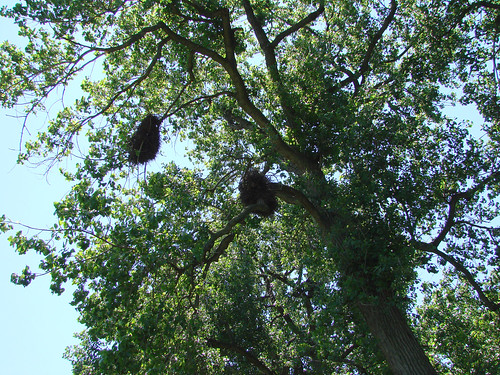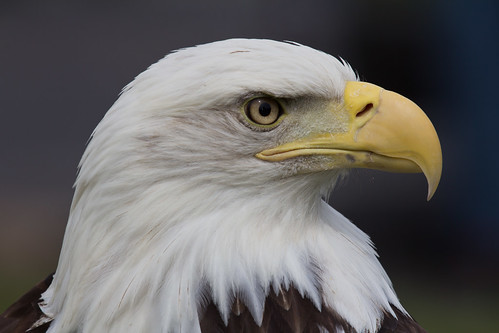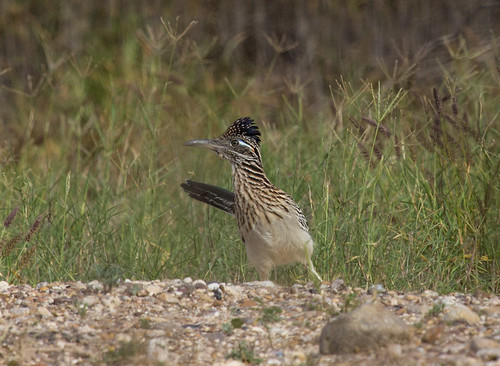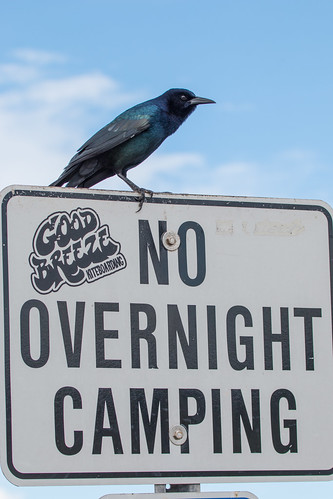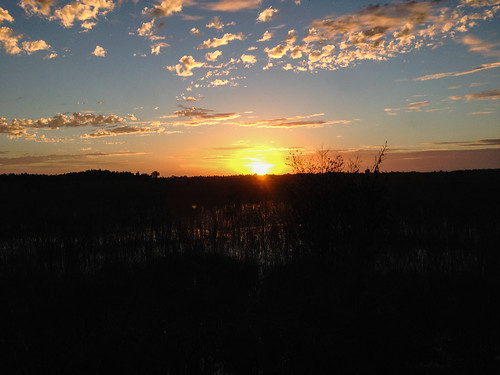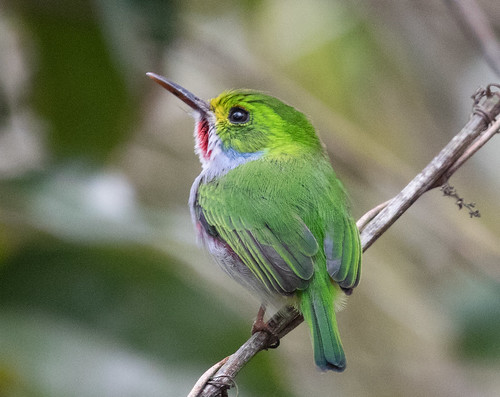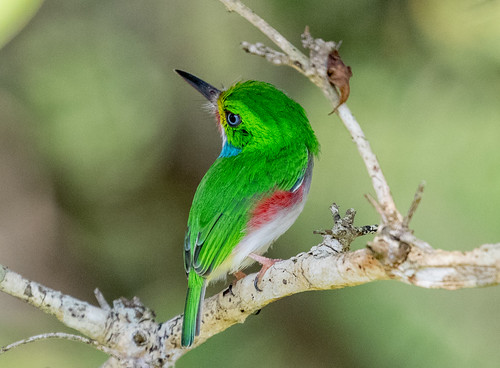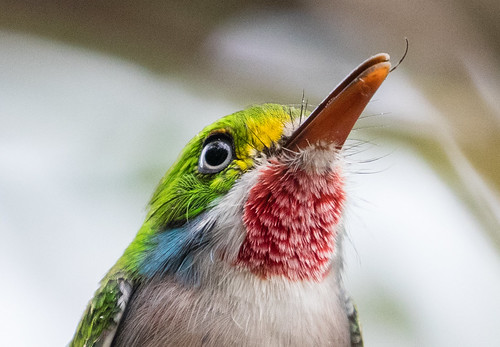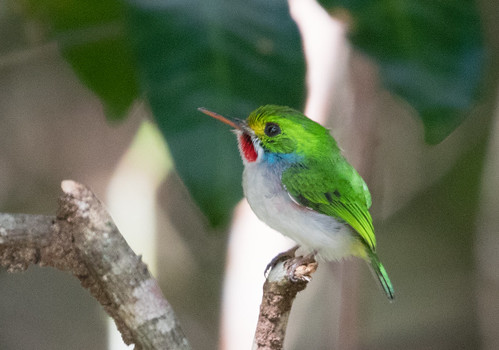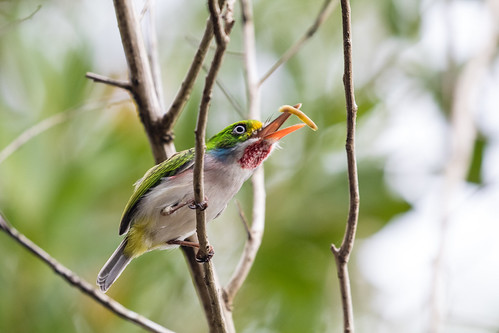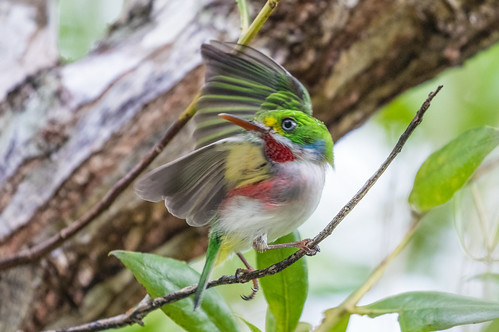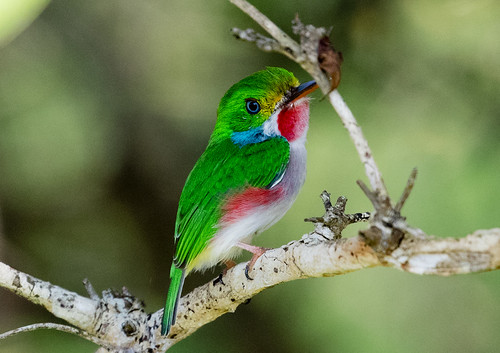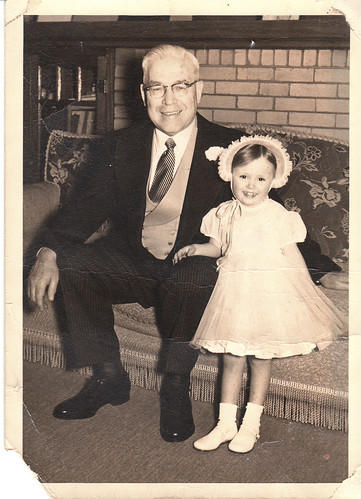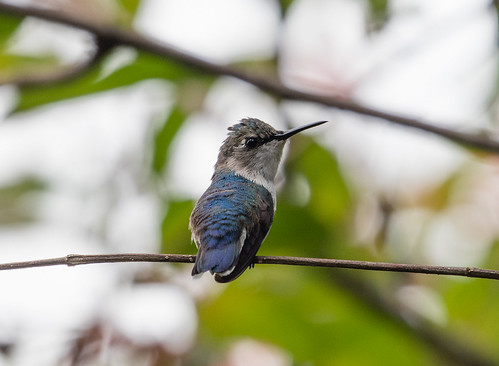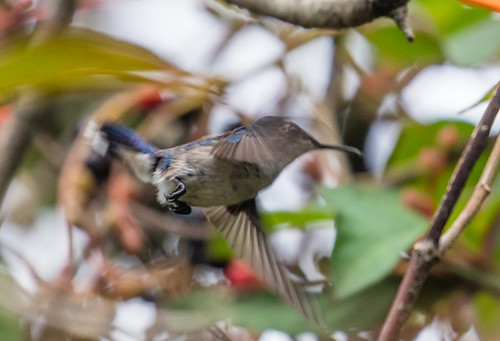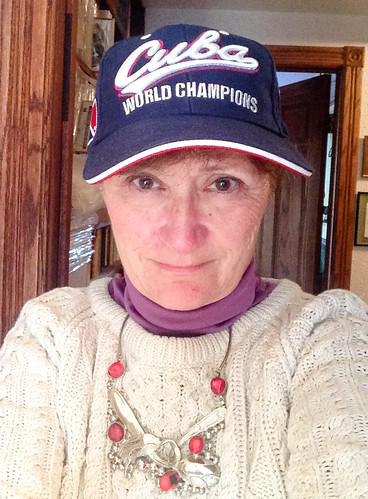I’m headed to New York City in December for a few days. My
primary goal is ostensibly to visit my daughter, but she long ago resigned
herself to the understanding that her mother is always looking for, or at least
noticing, any nearby birds.
This time I have a specific birding goal—while Katie’s at
work one day, I’ll be headed to Brooklyn Bridge Park with my binoculars and
camera, inspired by a book I recently read, Birding at the Bridge: In Search of Every Bird on the Brooklyn Waterfront, by
Heather Wolf. How could I not love a book that starts out like this:
I’ve never been a morning person.
I’m still not a morning person. You might be wondering how someone like me got
into birding, a pastime that often requires waking up at the crack of dawn.
Birds are the only thing, barring an emergency, that makes me rise before the
sun. Once I developed this passion, the possibility of spotting an interesting
species or observing a new behavior became an obsession. I said good-bye to the
snooze button. I braved freezing temperatures. I flew to an unfamiliar
location in Texas, rented a car, and set out on a two-hour drive at 3:30 AM to
get somewhere else I’d never been by sunrise. I was pulled over for speeding at
27 mph (in a 25 mph zone) and had to explain to a police officer that I was on
my way to see a scaled quail.
Heather Wolf fell in love with birds while living in
Florida’s Pensacola Beach. In particular, the first bird to catch her attention
enough to look it up later was a Least Tern that dive-bombed her, defending its
nest. She studied up about it, and found the information about its travels from
South America and the Caribbean to be fascinating, and became concerned about its
vulnerability while nesting on beaches.
When she visited New York, she picked up a copy of the Cornell
Lab of Ornithology’s Birder’s Life List
and Diary, intrigued by the very idea of keeping a list of birds. But it
took her a while to get started. The first time she set out with the intention
of starting her list, she didn’t even bring along binoculars. While standing on
a boardwalk, a bluish bird with a long beak flew over making a loud rattling
sound. She didn’t know what it was, but when she did a Google search on “blue
bird rattling sound” the first result was “Belted Kingfisher.” She and her
boyfriend toasted the bird with a glass of wine, and that was how she started
birding.
After moving to Brooklyn in 2012, she set a goal of seeing
and photographing 100 species at Brooklyn Bridge Park, started a blog about the birds she saw, with photographs, and started offering bird walks. That’s how her
book got its start. It’s organized by season, with photos—all good and some
absolutely splendid—and short accounts of the birds she’s seen. Reading them,
you get a good idea of the cool birds that you’re likely to see there, but you
also hear Heather Wolf’s voice in both her personal experiences of each bird
and her explanations of its natural history. Although brief, her accounts vividly
draw you into her experience. For the Bufflehead, she notes,
Just as I bring the bird into focus, it
propels itself up and forward for an elegant dive, one that doesn’t seem
possible for such a chunky duck. Down it goes, its tail feathers an
outstretched fan entering the water. While I wait for the bird to surface, I
imagine its hunt for a mollusk or crustacean below. What’s it really like down
there in the depths of the East River? Maybe I don’t want to know. After twenty
seconds or so, the bufflehead bobs to the surface like a rubber duck.
The whole book is like that—an introduction to the wonderfully varied birds of Brooklyn Bridge Park as told by a particularly charming young woman, each account filled with both enthusiasm and fascinating, well-researched facts. Heather Wolf currently works as a web developer for the Cornell Lab of Ornithology—oddly enough, her boyfriend took a programming course with my daughter Katie, which is how I found out about the book in the first place. When I head to Brooklyn in December, I hope I can figure out a way to make my path cross with Heather Wolf, but even if not, she’s piqued my interest in Brooklyn Bridge Park. No matter where you live or bird, her book Birding at the Bridge: In Search of EveryBird on the Brooklyn Waterfront is a delightful read, and I strongly recommend it.
